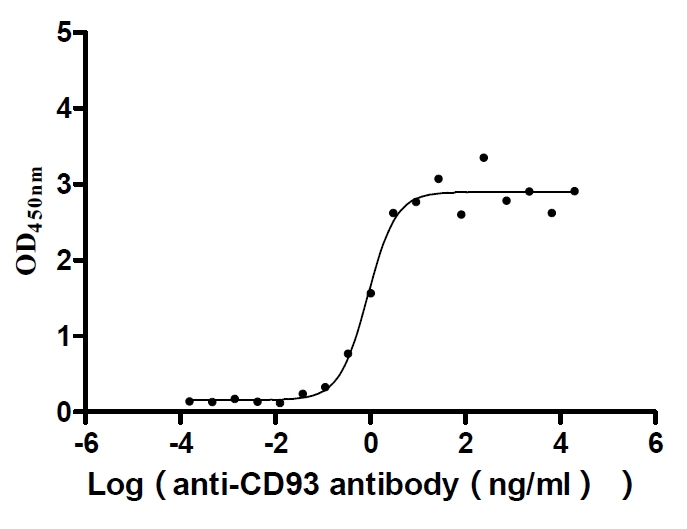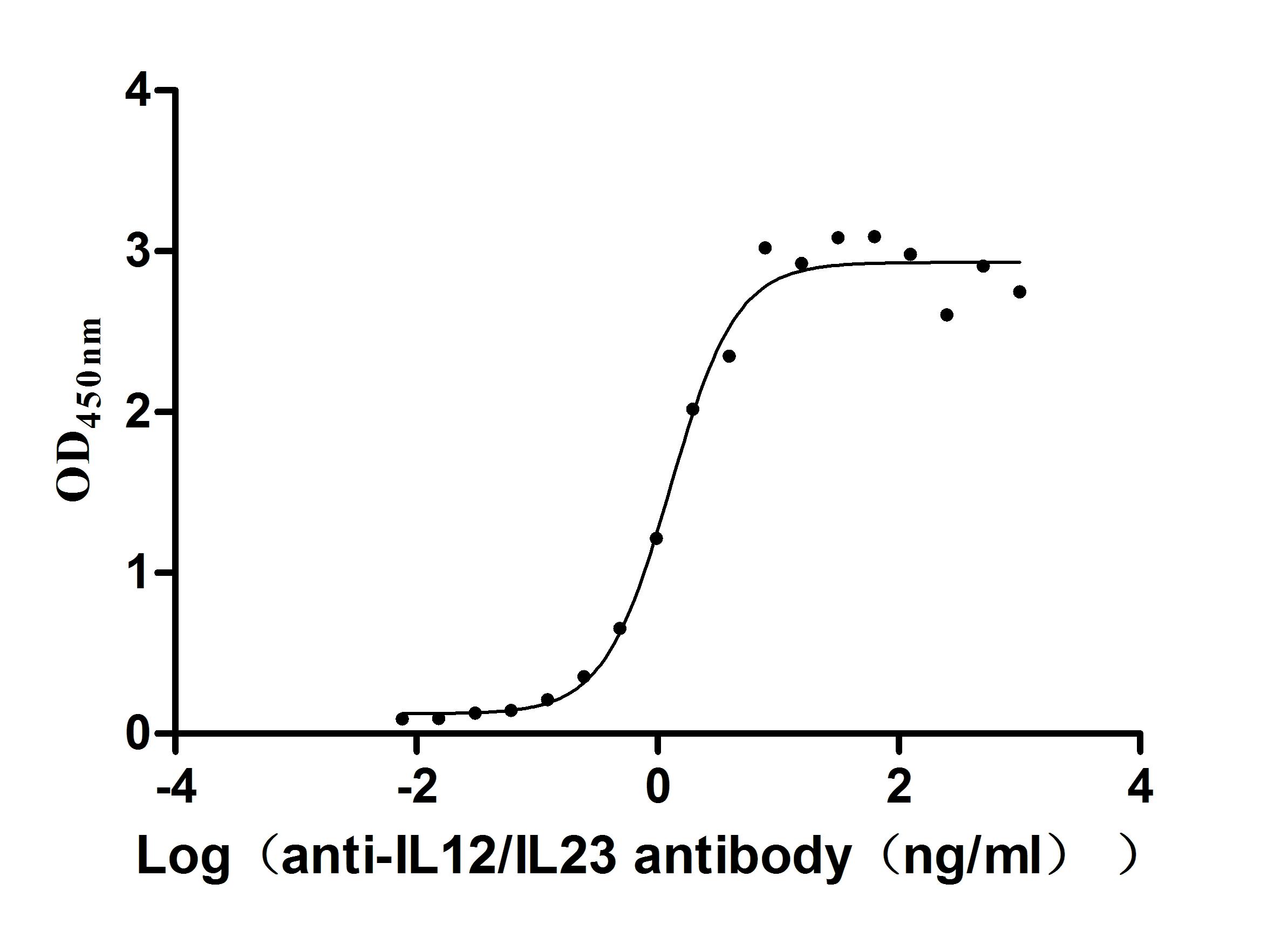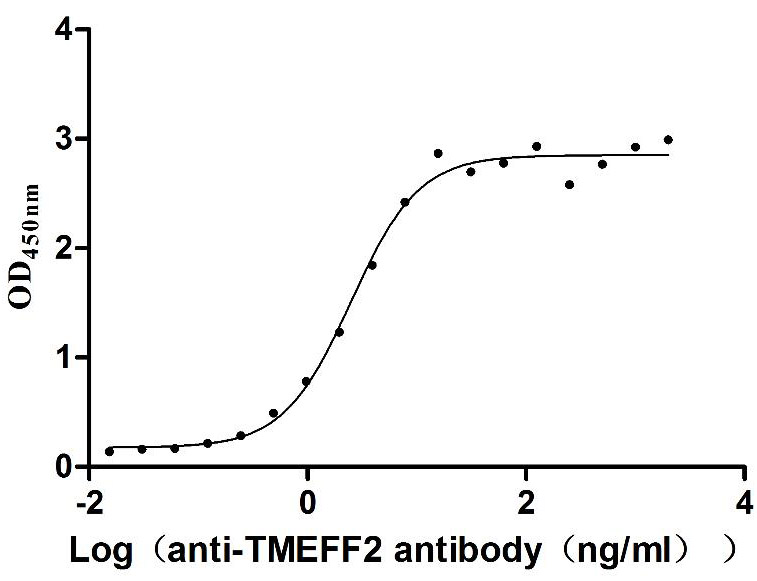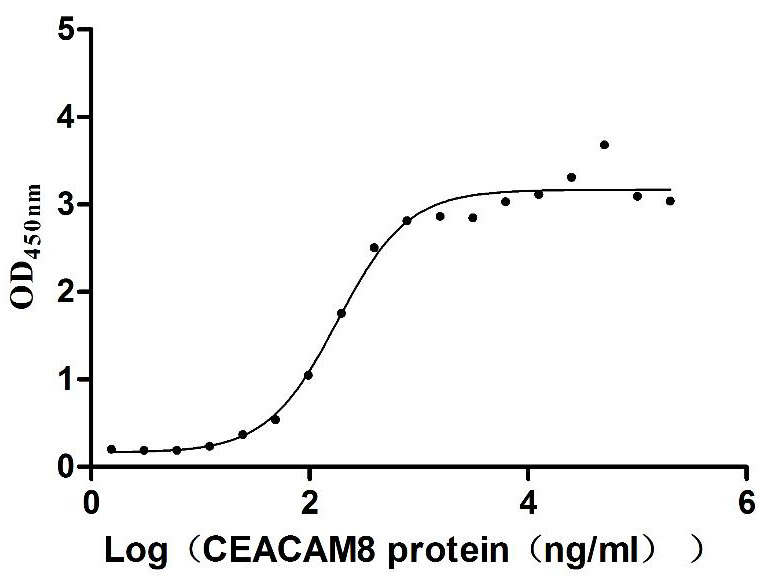Recombinant Human Complement factor H-related protein 3 (CFHR3)
-
中文名稱:Recombinant Human Complement factor H-related protein 3(CFHR3)
-
貨號:005276HU
-
規(guī)格:
-
來源:
-
其他:
-
中文名稱:Recombinant Human Complement factor H-related protein 3(CFHR3)
-
貨號:CSB-EP005276HU
-
規(guī)格:
-
來源:E.coli
-
其他:
-
中文名稱:Recombinant Human Complement factor H-related protein 3(CFHR3)
-
貨號:CSB-EP005276HU-B
-
規(guī)格:
-
來源:E.coli
-
共軛:Avi-tag Biotinylated
E. coli biotin ligase (BirA) is highly specific in covalently attaching biotin to the 15 amino acid AviTag peptide. This recombinant protein was biotinylated in vivo by AviTag-BirA technology, which method is BriA catalyzes amide linkage between the biotin and the specific lysine of the AviTag.
-
其他:
-
中文名稱:Recombinant Human Complement factor H-related protein 3(CFHR3)
-
貨號:CSB-BP005276HU
-
規(guī)格:
-
來源:Baculovirus
-
其他:
-
中文名稱:Recombinant Human Complement factor H-related protein 3(CFHR3)
-
貨號:CSB-MP005276HU
-
規(guī)格:
-
來源:Mammalian cell
-
其他:
產(chǎn)品詳情
-
純度:>85%(SDS-PAGE)
-
基因名:CFHR3
-
Uniprot No.:
-
別名:CFHR3; CFHL3; FHR3Complement factor H-related protein 3; FHR-3; DOWN16; H factor-like protein 3
-
種屬:Homo sapiens (Human)
-
表達(dá)區(qū)域:19-330aa
-
氨基酸序列QVKPCDFPDIKHGGLFHENMRRPYFPVAVGKYYSYYCDEHFETPSGSYWDYIHCTQNGWS PAVPCLRKCYFPYLENGYNQNYGRKFVQGNSTEVACHPGYGLPKAQTTVTCTEKGWSPTP RCIRVRTCSKSDIEIENGFISESSSIYILNKEIQYKCKPGYATADGNSSGSITCLQNGWS AQPICINSSEKCGPPPPISNGDTTSFLLKVYVPQSRVEYQCQPYYELQGSNYVTCSNGEW SEPPRCIHPCIITEENMNKNNIKLKGRSDRKYYAKTGDTIEFMCKLGYNANTSILSFQAV CREGIVEYPRCE
-
蛋白標(biāo)簽:Tag?type?will?be?determined?during?the?manufacturing?process.
The tag type will be determined during production process. If you have specified tag type, please tell us and we will develop the specified tag preferentially. -
產(chǎn)品提供形式:Lyophilized powder
Note: We will preferentially ship the format that we have in stock, however, if you have any special requirement for the format, please remark your requirement when placing the order, we will prepare according to your demand. -
復(fù)溶:We recommend that this vial be briefly centrifuged prior to opening to bring the contents to the bottom. Please reconstitute protein in deionized sterile water to a concentration of 0.1-1.0 mg/mL.We recommend to add 5-50% of glycerol (final concentration) and aliquot for long-term storage at -20℃/-80℃. Our default final concentration of glycerol is 50%. Customers could use it as reference.
-
儲存條件:Store at -20°C/-80°C upon receipt, aliquoting is necessary for mutiple use. Avoid repeated freeze-thaw cycles.
-
保質(zhì)期:The shelf life is related to many factors, storage state, buffer ingredients, storage temperature and the stability of the protein itself.
Generally, the shelf life of liquid form is 6 months at -20°C/-80°C. The shelf life of lyophilized form is 12 months at -20°C/-80°C. -
貨期:Delivery time may differ from different purchasing way or location, please kindly consult your local distributors for specific delivery time.Note: All of our proteins are default shipped with normal blue ice packs, if you request to ship with dry ice, please communicate with us in advance and extra fees will be charged.
-
Datasheet :Please contact us to get it.
相關(guān)產(chǎn)品
靶點(diǎn)詳情
-
功能:Might be involved in complement regulation.
-
基因功能參考文獻(xiàn):
- We conclude that the relationship between complement-regulatory proteins CFHR1 and CFHR3 and response to anti-CD20 mAb therapy varies based on the specific anti-CD20 mAb used. PMID: 27528699
- To our knowledge, this is the first evaluation of the involvement of the CFHR3/CFHR1 deletion and age-related macular degeneration in CFH Y402H polymorphism Brazilian patients. PMID: 26942649
- These data provide evidence that FHR3, which is absent in patients with the autoimmune form of hemolytic uremic syndrome, is involved in B cell regulation PMID: 27279373
- Exploratory analyses of clinical and histopathologic parameters using the Oxford classification criteria revealed a suggestive association of CFHR3,1Delta with reduced tubulointerstitial injury. These data indicate that dysregulated activity of the alternative complement pathway contributes to IgAN pathogenesis in both Asians and Europeans and implicate CFHR3,1Delta as the functional allele at this locus PMID: 26940089
- We describe a novel CFH/CFHR3 hybrid gene secondary to a de novo 6.3-kb deletion that arose through microhomology-mediated end joining rather than nonallelic homologous recombination. We confirmed a transcript from this hybrid gene and showed a secreted protein product that lacks the recognition domain of factor H and exhibits impaired cell surface complement regulation PMID: 26490391
- Next-generation sequencing of the CFH region identified putatively functional variants (missense, splice site and indel) on the four common haplotypes. We found no expression of any of the five CFH-related genes in the retina or RPE/Choroid/Sclera, in contrast to the liver, which is the main source of the circulating proteins.[CFHR3] PMID: 27196323
- These results suggest that the combination of quantitative and qualitative variations in the complement proteins encoded by CFH, CFHR3 and CFHR1 genes is key for the association of these haplotypes with disease. PMID: 26163426
- Genetic variants in CFH, CFHR3, and CFHR1 affect complement activation and thereby predispose patients to develop IgA nephropathy. PMID: 25205734
- Prompt use of immunosuppressive agents and plasma exchanges are useful for improving outcomes in pediatric patients with anti-complement factor H-associated HUS. PMID: 24088957
- Atypical haemolytic-uraemic syndrome due to heterozygous mutations of CFH/CFHR1-3 and complement factor H 479. PMID: 24333077
- we have assessed the relationship between GA and previously identified AMD-associated variants of genes (CFH, CFB, C3, FHR1, FRH3, and ARMS2/HTRA). PMID: 24557084
- genetic variations in CFH and its related genes may contribute to hypertension risk in Chinese Hans PMID: 22848687
- A hybrid CFHR3-1 gene causes familial C3 glomerulopathy. PMID: 22626820
- Significant association was identified for the CFHR3-1 deletion in age-related macular degeneration cases, for both neovascular disease and geographic atrophy. PMID: 22558131
- A novel hybrid CFH/CFHR3 gene generated by a microhomology-mediated deletion is associated with familial atypical hemolytic uremic syndrome. PMID: 22058112
- Data show that 698 CNPs loci overlap with known disease-associated or pharmacogenetic-related genes such as CFHR3, CFHR1, GSTTI and UGT2B17. PMID: 21677662
- In this matched subset of Age-Related Eye Disease Study (AREDS) subjects, after adjusting for 2 known risk variants in CFH, CNP147 deletion statistically associates with diminished risk for AMD. PMID: 21856016
- Combined deletion of CFHR3 and CFHR1is associated with a decreased risk of developing age-related macular degeneration. PMID: 21850184
- A change in gene dosage of the encoded proteins CFHR3 and CFHR1 might account for the increased systemic lupus erythematosus. PMID: 21637784
- deficiency of CFHR3 and CFHR1 results in a loss of complement control but enhances local regulation by factor H; alludes to critical balance between CFHR3, CFHR1 and factor H and emphasize role of complement regulation in age-related macular degeneration PMID: 20843825
- Data from haplotype analysis demonstrates the relationship between the CFH rs10737680 association and the CFHR1-3Delta association in age-related macular degeneration. PMID: 20581873
- Deletion of two closely related genes, complement factor H-related 1 (CFHR1) and complement factor H-related 3 (CFHR3), increases the risk of atypical hemolytic uremic syndrome. PMID: 17367211
- either lacked the CFHR1/CFHR3 completely (n = 14) or showed extremely low CFHR1/CFHR3 plasma levels (n = 2) are positive for factor H (CFH) autoantibodies PMID: 18006700
- deletion of CFHR1 and CFHR3 may account for a small portion of the protection from age-related macular degeneration associated with particular haplotypes in complement factor H. PMID: 18084039
- Results describe a correlation between the development of complement factor H autoantibodies and the deficiency of the CFH-related proteins, CFHR1 and CFHR3, in atypical hemolytic uremic syndrome. PMID: 19531976
- Deletion of CFHR3 and CFHR1 protected against the development of AMD at least in part because the deletion tagged a protective haplotype and did not occur on the risk haplotype. PMID: 19553609
- A common haplotype was associated with decreased risk of AMD. This haplotype carried a deletion of CFHR1 and CFHR3, and the proteins encoded by these genes were absent in serum of homozygotes. PMID: 16998489
- First detailed description of structure of human FHR3 gene PMID: 10781834
顯示更多
收起更多
-
亞細(xì)胞定位:Secreted.
-
組織特異性:Expressed by the liver and secreted in plasma.
-
數(shù)據(jù)庫鏈接:
Most popular with customers
-
Recombinant Human Tumor necrosis factor receptor superfamily member 1B (TNFRSF1B), partial (Active)
Express system: Mammalian cell
Species: Homo sapiens (Human)
-
Recombinant Human Tumor necrosis factor receptor superfamily member 8 (TNFRSF8), partial (Active)
Express system: Mammalian cell
Species: Homo sapiens (Human)
-
Recombinant Human Glucagon receptor (GCGR), partial (Active)
Express system: Mammalian cell
Species: Homo sapiens (Human)
-
Recombinant Human Microtubule-associated protein tau (MAPT) (Active)
Express system: Mammalian cell
Species: Homo sapiens (Human)
-
Recombinant Human Complement component C1q receptor (CD93), partial (Active)
Express system: Mammalian cell
Species: Homo sapiens (Human)
-
Recombinant Human IL12B&IL12A Heterodimer Protein (Active)
Express system: Mammalian cell
Species: Homo sapiens (Human)
-
Recombinant Human Tomoregulin-2 (TMEFF2), partial (Active)
Express system: Mammalian cell
Species: Homo sapiens (Human)
-
Recombinant Human Carcinoembryonic antigen-related cell adhesion molecule 6 (CEACAM6) (Active)
Express system: Mammalian cell
Species: Homo sapiens (Human)


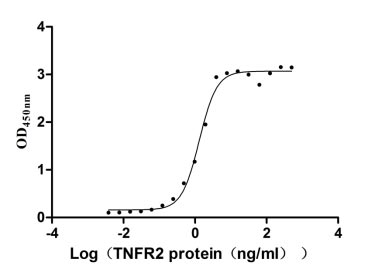
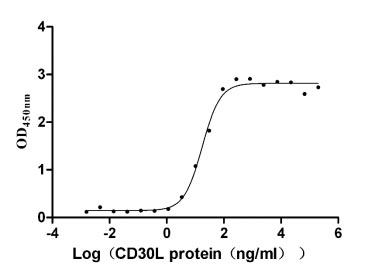
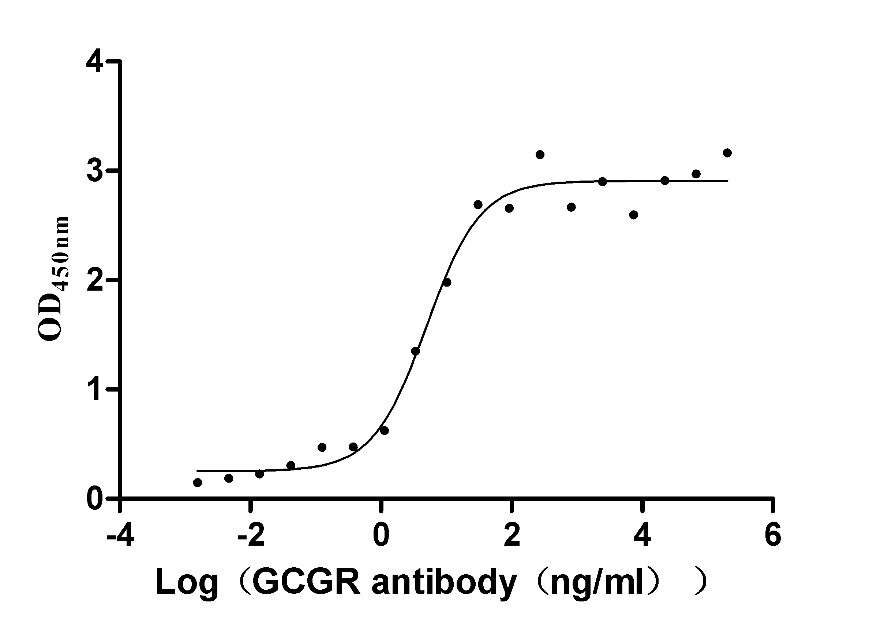
-AC1.jpg)
